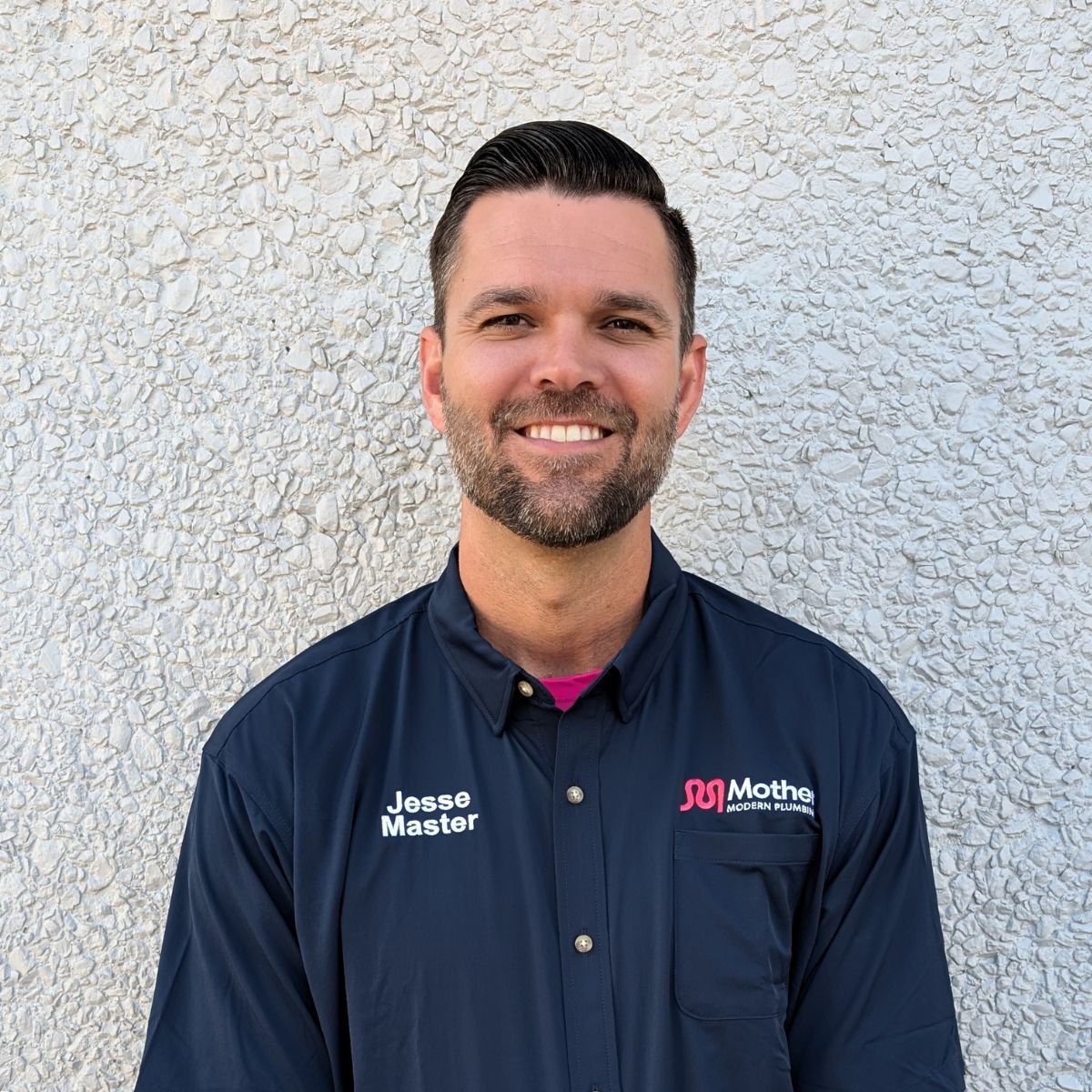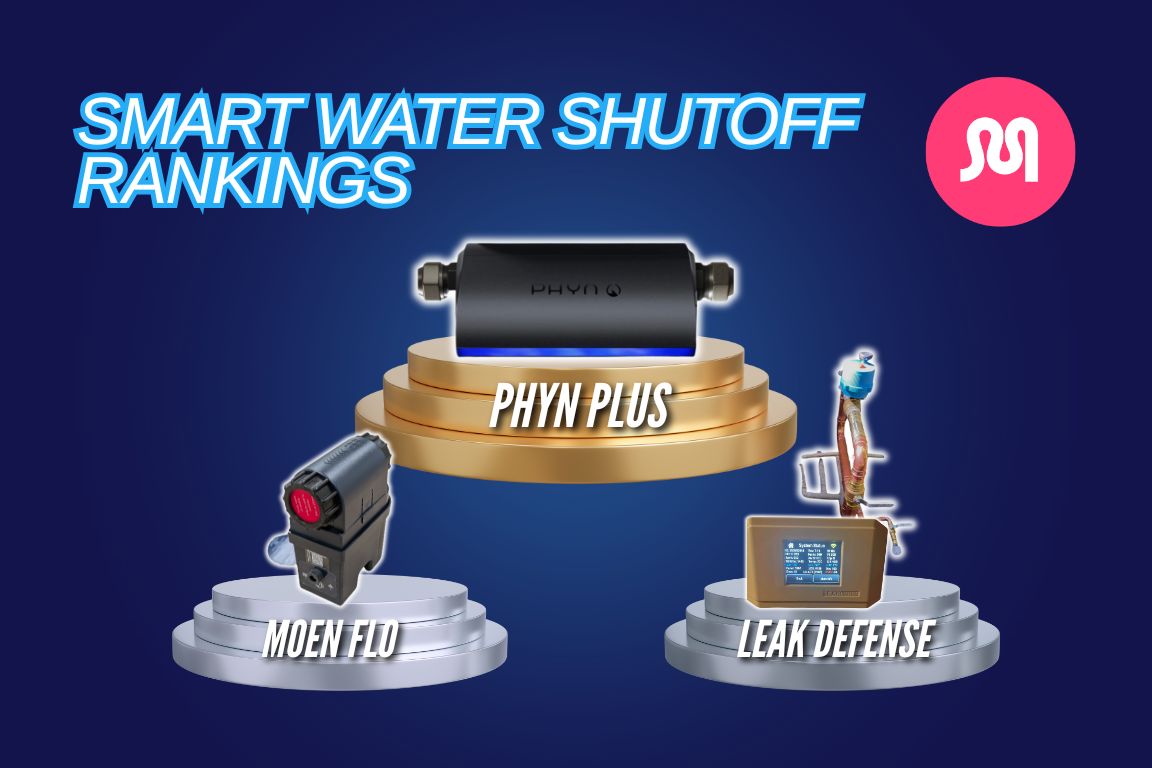Fast Plumbing Answers: How Do Smart Shutoff Valves Work?
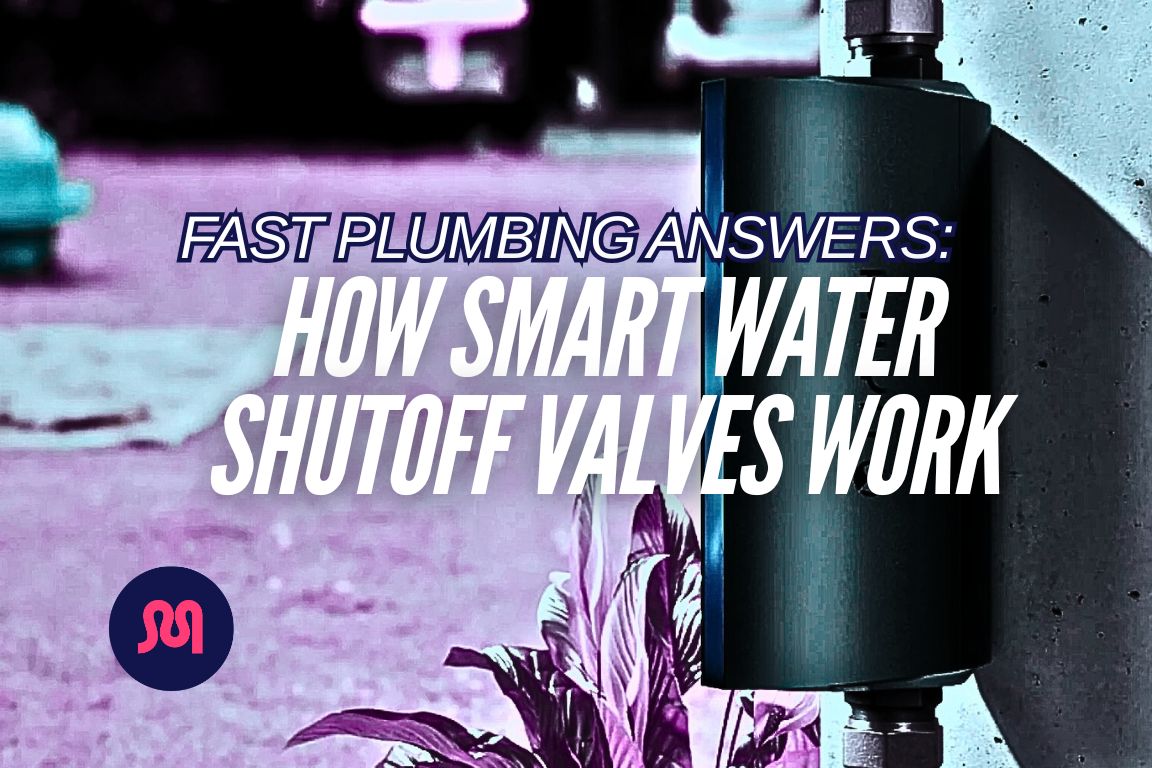
table of contents
table of contents
This week, we installed a smart water shutoff valve for a customer who experienced an $80,000 water damage claim. You want to avoid leak damage (and those costs), so you’re looking at smart shutoff valves like Phyn Plus and Flo by Moen. But before you buy, you want to know how they actually work.
Don’t worry: we’ll answer your questions in 2 minutes or less.
At Mother, we’d rather help you prevent leaks than show up for repairs after the damage is done. Our entire team of licensed plumbers received direct training and certification from Phyn to install, repair and maintain automatic smart shutoff valves and monitors.
Protect your Dallas home: Call Mother 24/7 about smart water shutoff valve installation, and stop that leak before it starts- all with one touch on your app.
{{whole-home-water-shutoff-valve="/services/whole-home-water-shutoff-valve"}}
A 24/7 Security Guard for Your Plumbing System
Think of a whole home automatic smart shutoff valve as a security guard that sees everything and never sleeps. It has three main jobs:
- Watch: Provides 24/7 monitoring of your water pipes and your water use.
- Think: Compares current water use with your usual activity, and asks itself: “Is this water flow normal?”
- Act: Sends an alert or push notification to your phone via an app if any change is detected- even a slow leak.
Your smart shutoff achieves these 3 jobs with the help of flow sensors, a dedicated app, and some pretty sophisticated tech.
Here’s How Your Smart Water Shutoff Valve Works
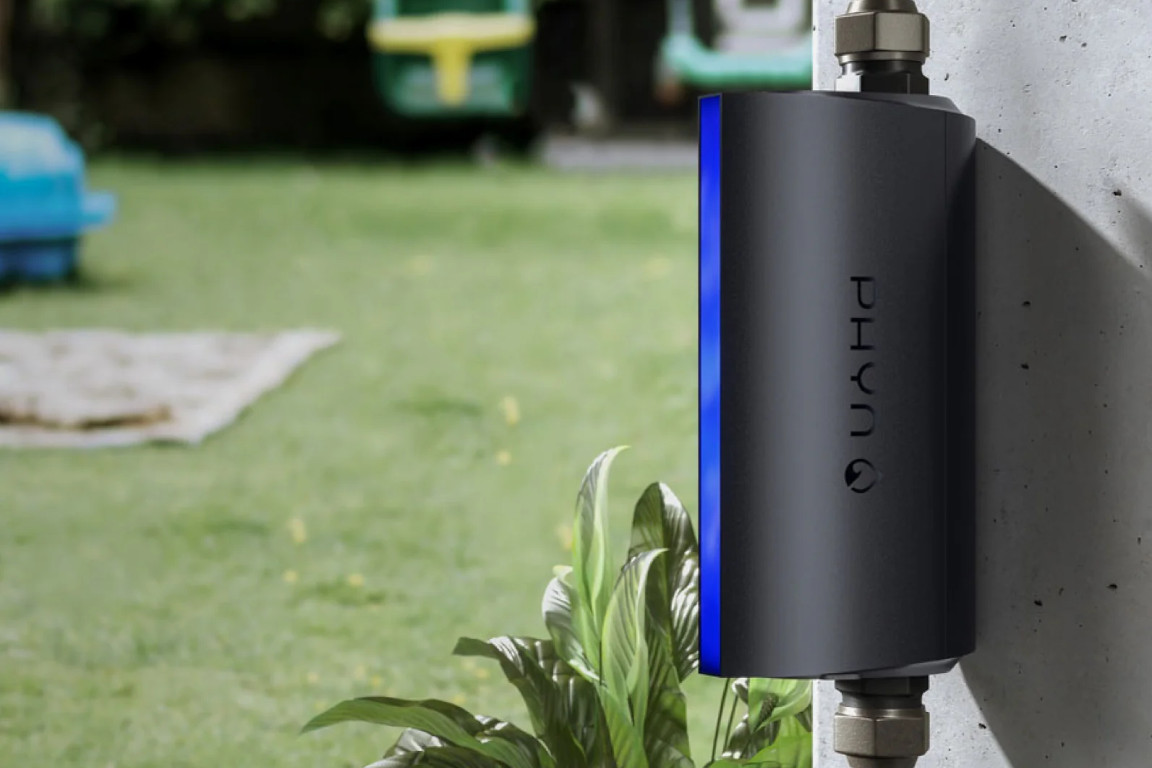
Let’s break down how your smart water assistant functions into four stages: Setup, Learning, Monitoring, and Alerts.
These stages will explain where your smart shutoff is installed, its basic components, how it learns your water use habits, and how it detects and prevents potential leaks in your house.
Step 1: setting up your smart shutoff valve
A licensed plumber installs your new smart water shutoff on the main water line- the pipe where incoming water first enters your home.
The central piece of equipment is a motorized valve- this is what physically turns the water on and off to your home when a leak is detected. If you’re comparing products, our Master Plumber Jesse Crane says you should pick one with a ball valve, not a gate valve.
“I know a lot of plumbers who won’t touch older gate valves for fear that they’ll leak,” Jesse says. “You have to turn them 4-5 rotations to get them tight. Ball valves are ¼ turn and much easier to use.”
This valve is attached to a smart water monitor. The monitor checks for three things:
- Water pressure inside your pipe
- Flow rate, aka: how much water is moving, and how fast?
- Temperature of the water in your pipe
Once these components are professionally installed and activated, your smart water assistant moves into the learning phase.
Does your smart shutoff pair with Alexa, Google Assistant or Siri? Get fast answers and discover how Flo, Phyn Plus and other smart water monitors pair with your smart home devices.
{{smart-water-shutoff-compatibility="/blogs/smart-water-shutoff-compatibility"}}
Step 2: learning your water usage habits
Your new smart shutoff begins a learning phase, where it detects the way you normally use water in daily life. This includes showers, washing dishes, doing laundry and watering plants.
As the learning period continues, the device uses AI to create a pattern of home water use it deems normal. If you shower at 7 a.m., it knows to expect increased hot water use at that time.
It also learns how to distinguish between rates of water use. In the previous example, your smart water monitor learns a 10-minute shower at 7 a.m. is normal- but a slow drip for an hour at the same time is not.
Different products have different learning phases. For example, Flo by Moen has a 7-10 day learning period, while Phyn Plus systems take 1,000 hours to fully understand your water habits. The length of the learning period corresponds to how deeply the unit “gets” how you use water.
Protection, with perks! Major insurance carriers love when homeowners install smart water shutoffs. Read our guide and see if your provider offers a discount!
{{home-insurance-discount-automatic-water-shutoff="/blogs/home-insurance-discount-automatic-water-shutoff"}}
Step 3: monitoring your water pipes
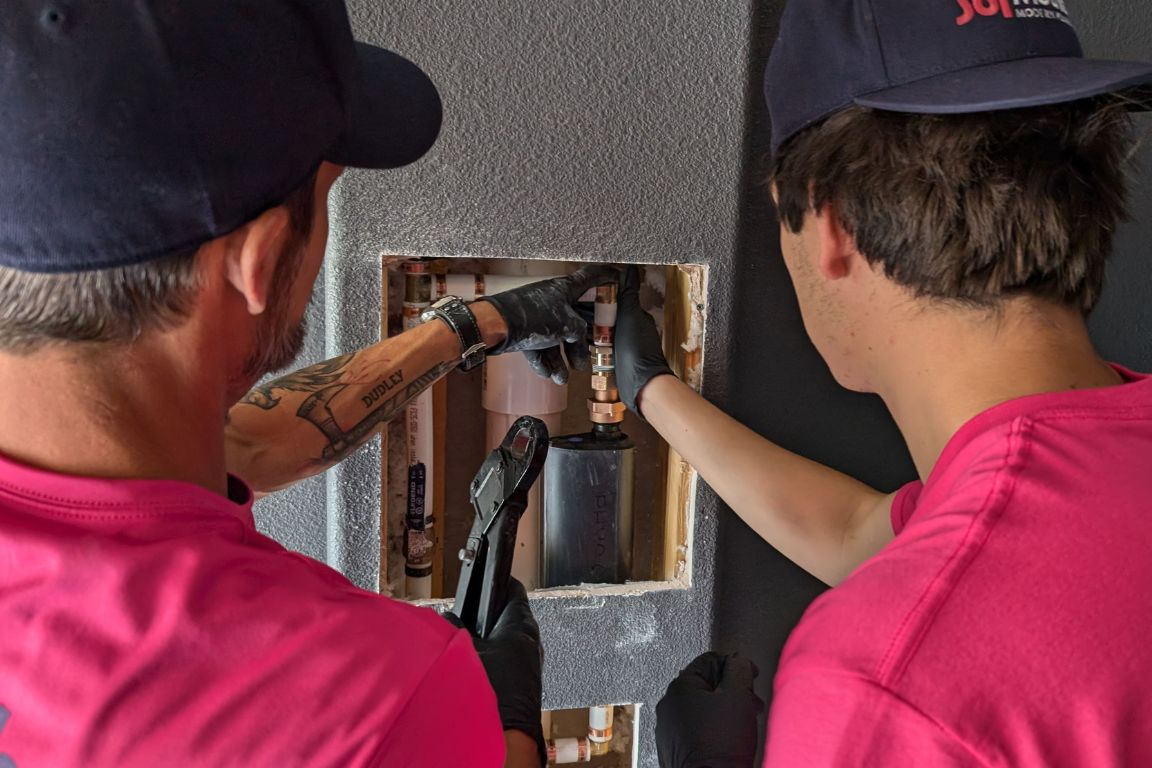
Once your device “graduates” from learning phase, it’s ready to protect your house. Jesse explains that it operates a lot like a health app on your phone.
“My father-in-law has an app that lets him know when his blood sugar is out of whack,” Jesse says. “A smart shutoff is like that, but for your plumbing.”
Your shutoff device monitors water use 24/7 throughout your home, and compares that data against the trends it learned. It does this in two basic ways:
- Flow monitoring: Your shutoff valve and monitor check for water running when it’s not supposed to- like overnight or when you’re away from home. It also looks for flow anomalies, like a slow trickle of water or a sudden burst.
- Routine health scans: Most smart water assistants run a daily test at a time that’s convenient for your household (usually overnight). It slowly closes the valve and checks for drops in water pressure- a drop indicates water is escaping through a leak.
Individual products offer different reports via their dedicated apps. For example, the Phyn Plus 2nd Gen offers hourly, daily, weekly and monthly reports on water flow, pressure and temperature.
Step 4: alerting you of strange water flow
“After getting to know your usual habits, [the smart shutoff] sends you alerts if anything seems out of the ordinary,” Jesse explains.
If your smart water monitor detects a spike in water flow, dramatic change in water pressure or unusual water use, its AI makes a few split-second decisions:
- “Is this water flow normal based on normal home use at this time?”
- “How likely is this to be a leak or emergency event?”
- “Do I need to shut off the water to the home?”
In most cases, your system errs on the side of caution. You’re sent an instant notification via smartphone- whether you’re at work, at the grocery store, or halfway around the world on vacation.
At the same time, the smart shutoff valve immediately closes. You don’t have to do anything- this is automatic. The water supply to your home is shut off, stopping any further leakage or flood damage inside your home.
You will have the chance to review the message and decide whether or not to turn the water back on- with no sense of urgency (the water’s already off).
Your product = your notification. Phyn Plus sends alerts via push notification, Flo by Moen sends automatic robocalls.
Yes, Smart Water Shutoff Valves Work
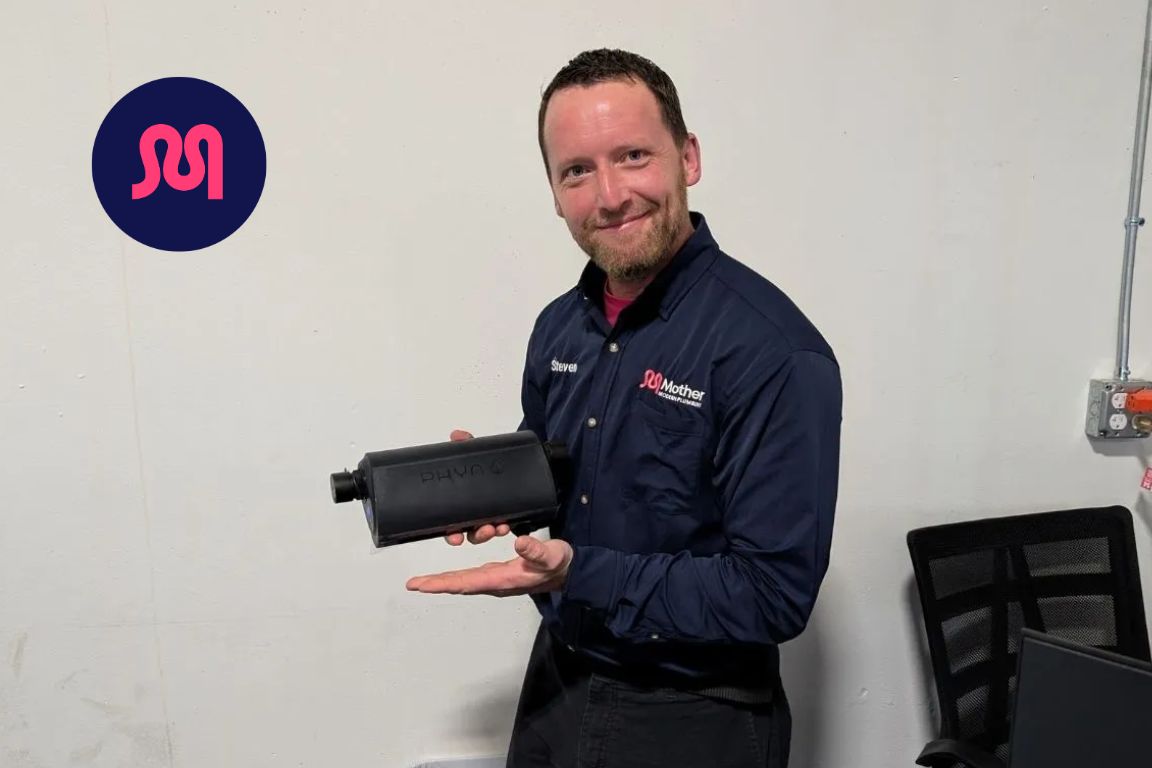
The more data is collected about smart water shutoff valves, the better they look. Moen boasts a 96% decrease in water damage insurance claims the year after homeowners install Flo by Moen devices.
And when leaks do happen, the damage is significantly reduced. A study of 2,300+ homes with smart shutoff valves found that leak severity reduced by 72%. (In simpler terms: smart shutoff valves turned $10,000 worth of flood damage into $2,800.)
“The shutoff valves we install are pretty awesome,” Jesse says. “After getting to know your habits, you’re always alerted if anything seems out of the ordinary.”
Ready to protect your Dallas home? Call Mother 24/7- we’re always here to help, and we’ll have a licensed pro there at the first available appointment!
{{whole-home-water-shutoff-valve="/services/whole-home-water-shutoff-valve"}}
Common Q’s about Water Leaks
Where do I install a smart water shut-off valve?
Install your automatic smart water shut-off valve on your main water supply line, which supplies cold water to your home. This line usually enters your home via an exterior foundation wall or the basement.
Hire a licensed plumber to handle the installation, and refer to your specific product's installation guidelines.
Who do I hire to install an automatic water shut-off valve?
Licensed plumbers are the best option to install whole home automatic water shut-off valves and systems. Look for a plumber certified to install certain products, or who demonstrates experience with shut-off valve installation.
Are there certified automatic water shut-off valve installers in Dallas?
Yes, Mother Modern Plumbing is trained and certified to install Phyn Plus smart water shutoff valve throughout the Dallas-Fort Worth Metroplex.

